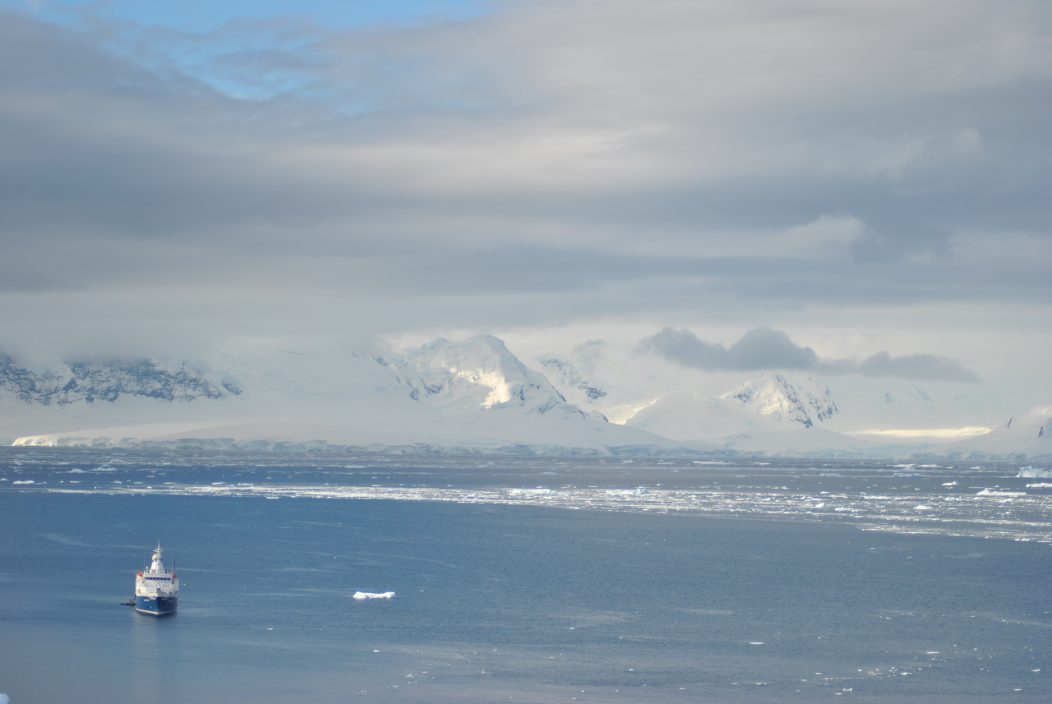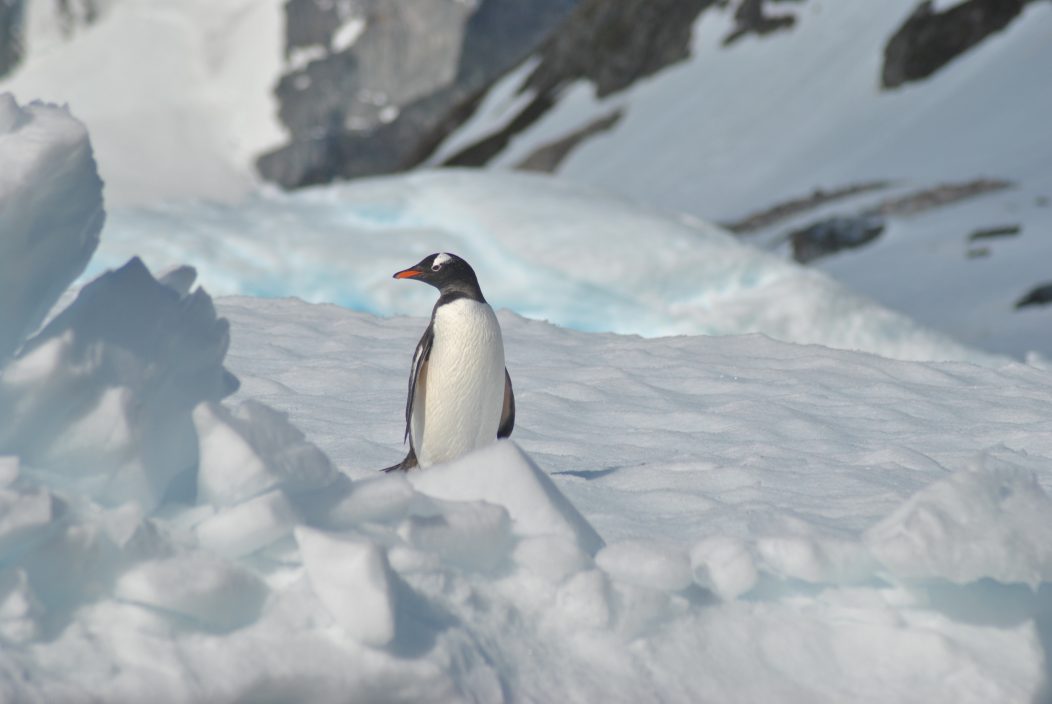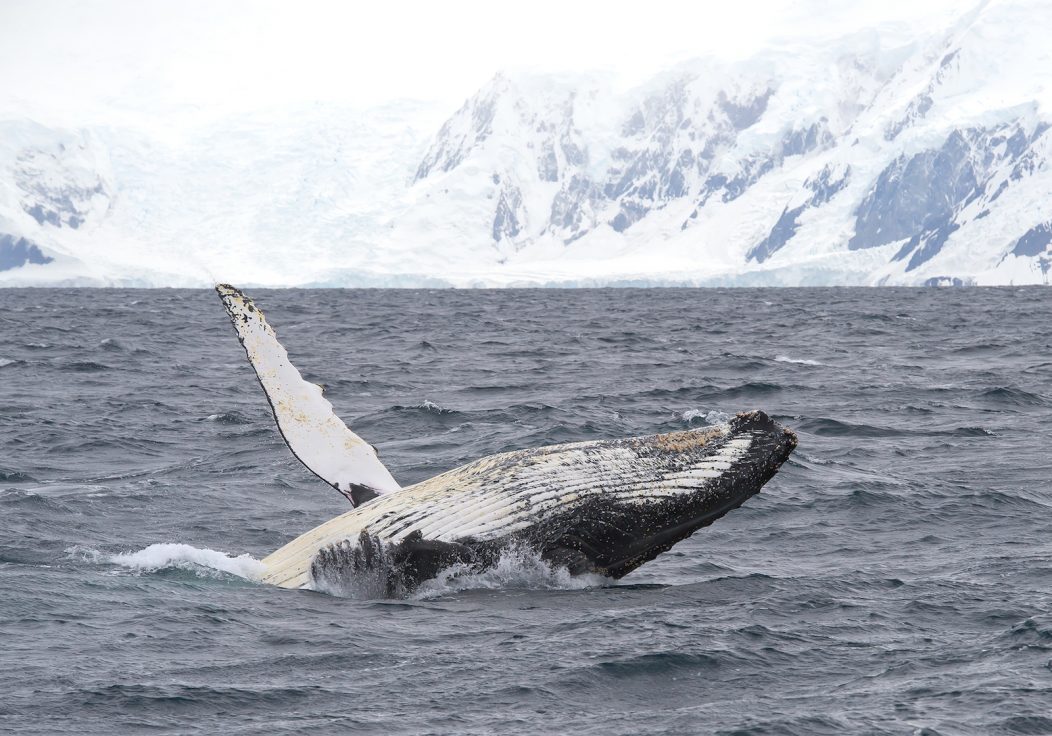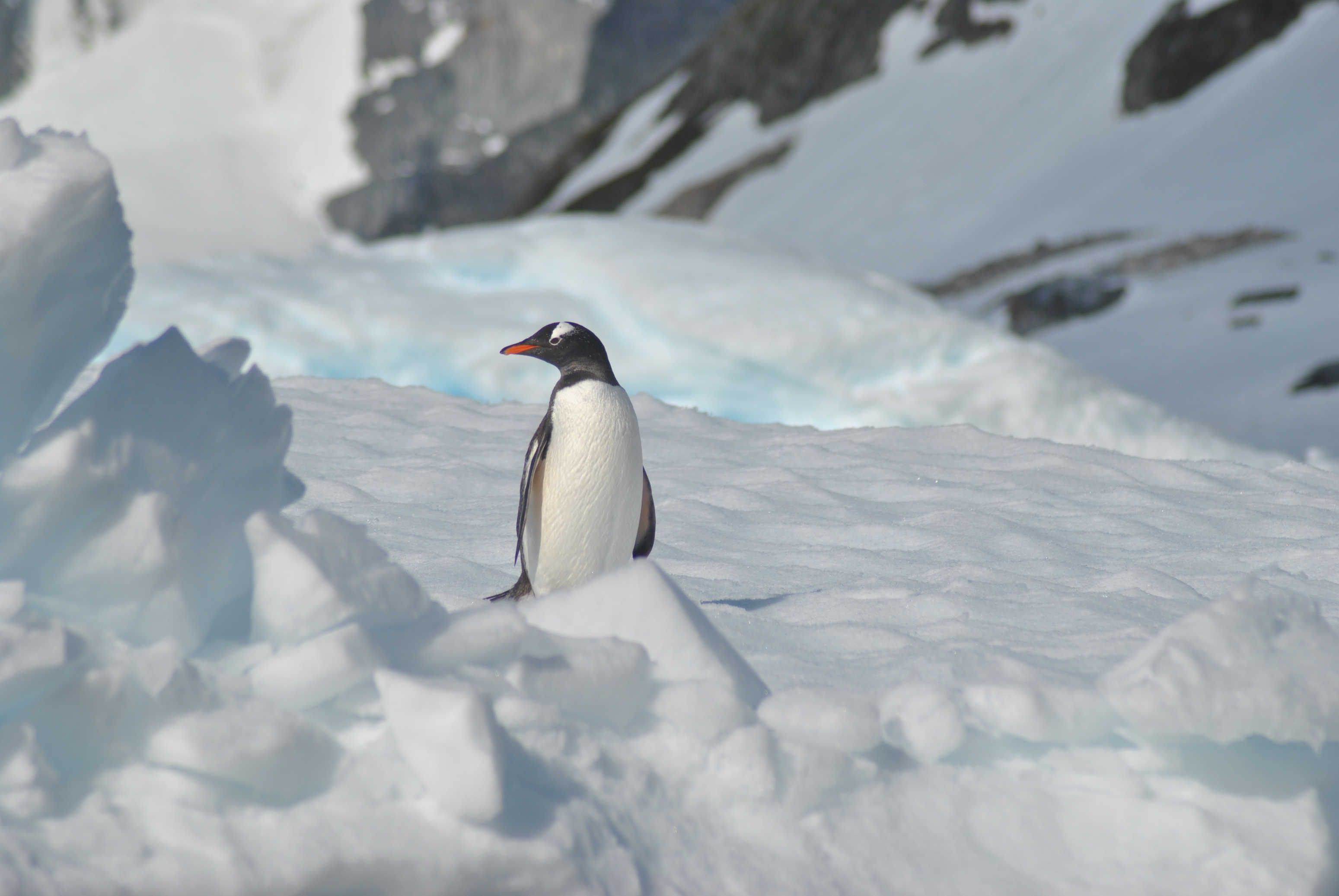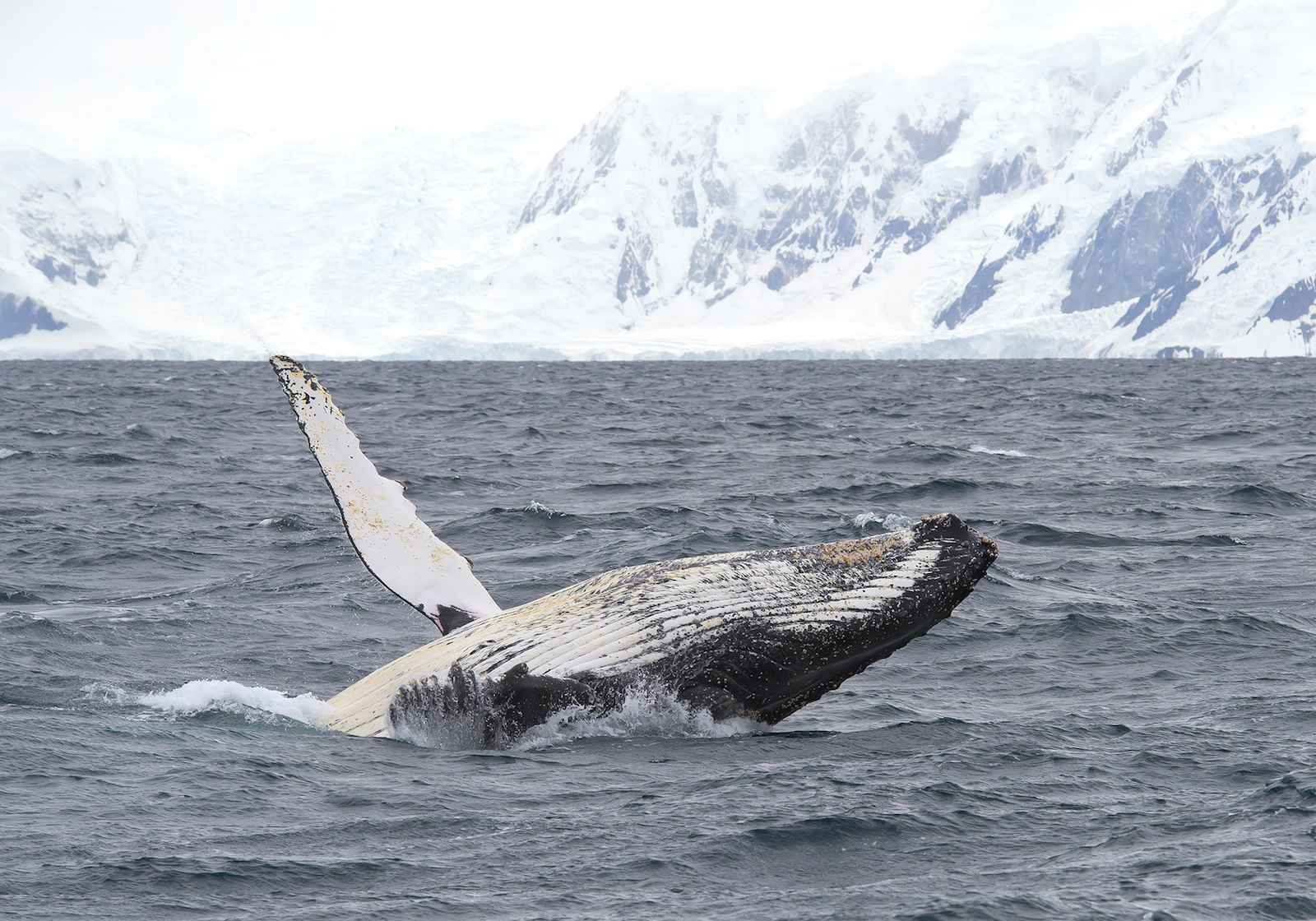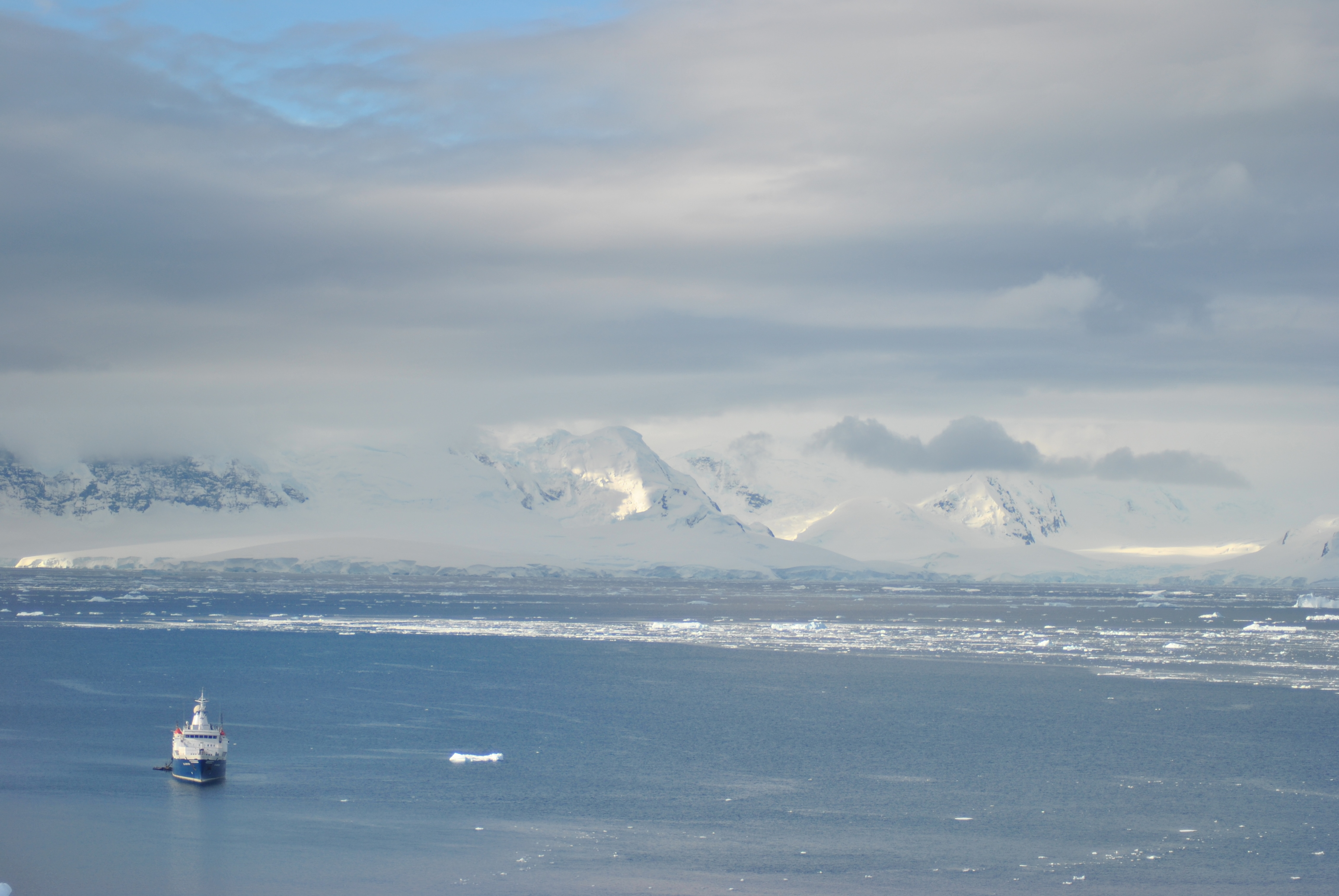The bedrock of east Antarctica is more than three billion years old. Pause for a moment and say that out loud: “three billion years”. It’s difficult to imagine a time line that long, or to try to visualise what earth would have been like three billion years ago, a time when multi-cellular life was but a twinkle in our planet’s eye.
With such a long history, it may feel unnecessary to worry about Antarctica’s future, but there may be trouble ahead. The Antarctic Treaty, which currently has 53 countries signed up to it, is due to expire in 2048 and what happens to Antarctica after that is uncertain. In addition, the continent is experiencing increasing numbers of tourists and the impact of these visitors could be considerable.
The Antarctic Treaty came into force on June 23rd 1961. It was signed by 12 countries, some politically opposed and jostling for research and territorial rights, and was a diplomatic triumph, a result of the operational and scientific cooperation that had been achieved “on the ice”.
“The Antarctic Treaty came into force on June 23rd 1961, and was a diplomatic triumph”
At the height of the Cold War, with the Cuban missile crisis just around the corner, the signing of the Treaty, must have seemed like a huge victory for global diplomacy. The hands of the Doomsday Clock (which measures the likelihood of human-created global catastrophe) were turned back for the first time in 1960, in part as a response to the increased scientific cooperation the Treaty demonstrated. The proverbial noose loosened, and thanks to a frozen continent and a few scientists from different parts of the globe, humanity was given some breathing space.
Obviously the Antarctic Treaty wasn’t the only reason why we didn’t blow ourselves to smithereens fifty years ago, but it certainly didn’t hurt the politics of the day. It also provided a place on the planet that was safe from nuclear war or testing. In fact, even today, if nuclear war ever threatens, I’ll be jumping on the nearest boat with an ice-strengthened hull and heading due south.
So how does the expiration of the Treaty affect Antarctica’s future? It’s the Antarctic Treaty’s guidelines that commit the signatories to keep the continent free from any military presence, and also to protect the continent’s natural resources from being mined for short-term profits. Both these commitments are critical to the future safety of the continent, and without this protection, the future for Antarctica could be bleak.
And so to tourism. Last month Swoop attended the annual IAATO meeting in Edinburgh, Scotland. IAATO’s job is to promote safe and environmentally sound tourism in Antarctica. During the conference the rising tourist numbers to Antarctica were discussed. One very interesting point was made: of the 200 landing sites along the Antarctic peninsular, just 20 are being used for the majority of landings, places like Cuverville Island, Port Lockroy, and Paradise Harbour.
“IAATO’s job is to promote safe and environmentally sound tourism in Antarctica.”
So what impact are the tourists having? Perhaps surprisingly, there’s some good news. One interesting study looked at the effect of tourism on Gentoo penguin populations. Over several years it was found that tourism had been having a positive effect, and that in the rookeries where tourism was most prolific, the Gentoo populations were growing faster than elsewhere. Penguins clearly like people.
And they are not alone. Humpbacks are curious of humans, too, poking their noses out of the water to take a look at us, and scratching their backs on the underside of zodiacs. If the humpbacks didn’t like the human presence, then surely they would disappear to the depths and avoid the tourist zodiacs, as they once did a hundred years ago when they were hunted almost to extinction.
If the wildlife is enjoying our presence, then, should we nevertheless worry about our footprints in the snow? Does the snow care that we walk on it? Well, everyone who visits Antarctica is “disinfected”, with the aim that no seeds or alien species find their way onto the continent. This is IAATO “law”. Or should we worry about the ships that sail to Antarctica and the fuel they burn getting there? There is always a trade off, an environmental opportunity cost. It’s a tough question, and one I can’t answer.
What we can hope and expect, however, is that, as tourism numbers increase, the IAATO will continue to protect Antarctica and help all who visit it become ambassadors of this great white continent. And the Antarctic Treaty will keep Antarctica sovereign-free, in one piece, and non-militarised through to 2048. Beyond then it’s less clear, but we can hope that the world still values science and penguins.
What happens to Antarctica really matters to us, the inhabitants of this wonderful planet. Antarctica’s three-billion-year-old rocks will endure, no doubt, until the end of our planet’s lifetime, out-living our human agreements, treaties and rules. But even if the really old rocks are not currently in danger, Antarctica must be protected and visited responsibly. Through the global cooperation exemplified in the Antarctic Treaty, and responsible tourism, we can continue to enjoy this extraordinary place for many generations to come.
